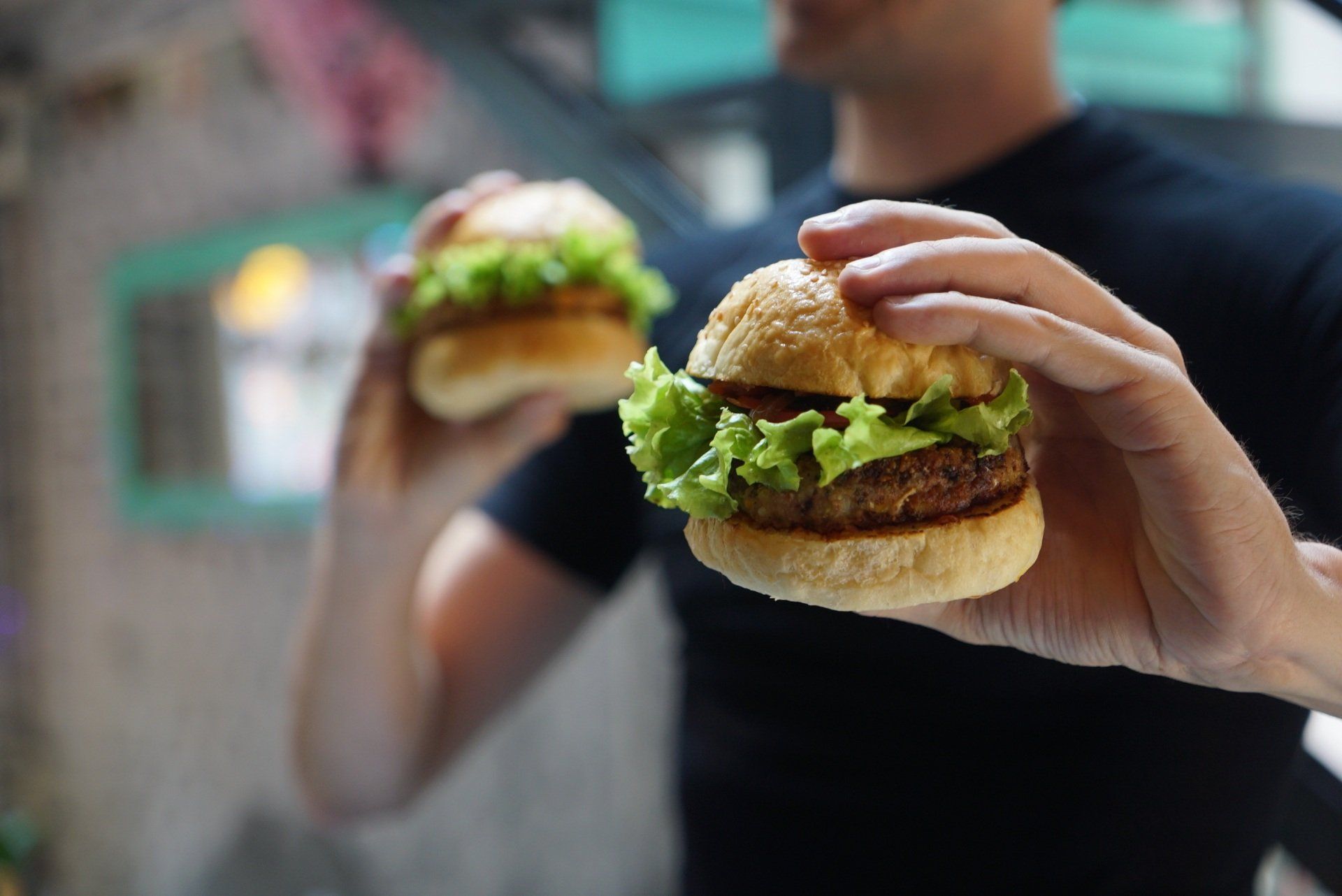What's YOUR Default Food Environment?
Researchers conceive of a "Default Food Environment" as the food that surrounds you--at home, work, school or play.
Want to know what your personal default food environment is? Open the refrigerator door, the pantry door, and your kitchen cabinets. What's in there? Probably a mix of healthy and unhealthy. But what is at the front and what is at the back? What is easier to access or harder to find?
In most American households, the answer is going to be simple: processed foods, larded with salt, sugar and fat. Before we discuss how to improve our personal default food environment let's understand the concept better.
How Did We Get To Our Current Food Environment?
Our current "default food environment" is the result of a combination of factors, including agricultural policies, food marketing and advertising, and societal changes.
One significant factor that has contributed to the current food environment is the shift towards industrialized agriculture. This has led to an overproduction of certain crops, such as corn and soybeans, which are used as ingredients in many processed foods. The excess supply of these crops has led to lower prices, making processed foods more affordable and readily available.
Food marketing and advertising have also played a significant role in shaping our current food environment. Advertisements for fast food and processed snacks are often targeted towards children and low-income communities, making these foods more appealing and accessible. Additionally, food companies often use clever marketing tactics to make unhealthy foods appear more desirable, such as using images of happy families or celebrities in their advertisements.
Societal changes have also contributed to the current food environment. The increasing pace of life and decrease in time spent cooking have led to a greater reliance on fast food and processed snacks as a convenient source of nourishment. Additionally, an increase in sedentary behavior, such as sitting in front of a computer or watching television, has led to a decrease in physical activity, which in turn has contributed to the obesity epidemic.
The Effect Of Our Current Default Food Environment
Our food environment has led to an increase in the prevalence of obesity and chronic diseases such as type 2 diabetes, heart disease, and certain cancers.
This is because the majority of the readily available foods are high in calories, sugar, fat, and salt which leads to weight gain and other chronic diseases if consumed in large amounts. Additionally, the constant exposure to advertisements and cues for unhealthy foods can make it difficult for individuals to make healthy food choices.
The Food Industry is Like The Tobacco Companies
You know how back in the day, tobacco companies didn't really care if their products killed people as long as they made money? Well, it's kind of like that with the Standard American Diet today.
The people who make and sell our food aren't trying to kill us, but the end result is still not great for our health. You see, the Standard American Diet was made to be cheap, tasty, and easy to transport, but it's also filled with sugar, processed carbs, and unhealthy fats.
Both the food and tobacco industries contribute to negative health consequences for consumers. Both industries downplay the health risks associated with their products, use marketing tactics to appeal to vulnerable populations, lobby against regulations aimed at protecting public health, and use questionable tactics to influence scientific research on the health effects of their products.
Both industries create and maintain addiction among their customers, and play a big role in the obesity and smoking epidemics.
It's worth noting that there are also some key differences between the two industries. For example, food is an essential part of human survival and maintaining a healthy diet is important for overall well-being, whereas tobacco use is not necessary for survival and is widely recognized as harmful to health.
What Grocery Stores Can Do To Improve The Default Food Environment
Ever notice that fruits and veggies aren't as easy to find in the store as the chips and candy? Or that there are way more fast food places around than salad spots? That's our default food environment in action.
And it's not just about convenience, it's also about cost. Healthy food can be more expensive, which makes it harder for people with lower incomes to make healthy choices.
All of this has a big impact on our health. The default food environment is a major contributor to obesity and diet-related diseases like diabetes, heart disease, and cancer. So, what can be done about it? Some studies suggest that making small changes, like making fruits and veggies more visible in stores, can help. Also, designing communities with sidewalks, bike lanes, and parks can encourage physical activity and support healthy food choices.
Overall, it's about society as a whole making healthy food more accessible and affordable, and lessening the influence of unhealthy food in our everyday lives. Here's what grocery stores can do:
- Prominent placement of healthy food options: Grocery stores can place healthier food options, such as fresh fruits and vegetables, in high-traffic areas and at eye level to make them more visible and appealing to shoppers.
- Healthy labeling systems: Stores can use healthy labeling systems, such as traffic light labeling, to help shoppers quickly identify healthier options.
- In-store nutrition education: Stores can provide in-store nutrition education, such as through the use of brochures, posters, or interactive displays, to help shoppers make informed food choices.
- Healthy meal solutions: Stores can offer pre-packaged healthy meal solutions, such as salad kits or pre-cut fruits and vegetables, to make it easier for shoppers to make healthy choices.
- Create an inviting environment: Stores can create an inviting and comfortable environment that makes it easy for shoppers to find and purchase healthy food options.
- Partner with local farmers and producers: Stores can partner with local farmers and producers to promote and sell fresh, locally-sourced food, which is often healthier and more sustainable than food that has been transported long distances.
- Incentivize healthy choices: Stores can offer discounts or other incentives to shoppers who make healthy food choices, to encourage them to make healthier selections.
- Make healthy options more affordable: Stores can work to make healthy options more affordable and accessible to low-income shoppers.
What You Can Do
We've got to take control of our own food choices. That means creating a personal "default food environment" by being mindful of what we bring into our homes, and making healthy choices when we're hungry.
And here's the secret: it's way easier to make the right choice when we're buying the food, than to resist temptation once it's in our house. By making small changes to our food environment, we can break free from the gravitational pull of the Standard American Diet and start living our best, healthiest lives.
To be more specific, we can do the following:
- Stock up on healthy foods: Keep your pantry, fridge, and freezer stocked with healthy food options such as fresh fruits and vegetables, whole grains, lean protein sources, and healthy fats.
- Plan ahead: Plan your meals and snacks in advance to ensure that you have healthy options readily available. This can include prepping ingredients or cooking meals in bulk to have on hand for busy days.
- Get rid of temptations: Remove any unhealthy foods from your home that may tempt you to make poor food choices. This can include sugary snacks, processed foods, and high-calorie drinks.
- Make healthy foods easily accessible: Keep healthy foods in clear containers or at eye level in your pantry or fridge to make them more visible and appealing.
- Get the whole family involved: Encourage the whole family to make healthier food choices by involving them in meal planning, grocery shopping, and cooking. This can help create a supportive environment at home and make it easier to stick to healthy eating habits.










